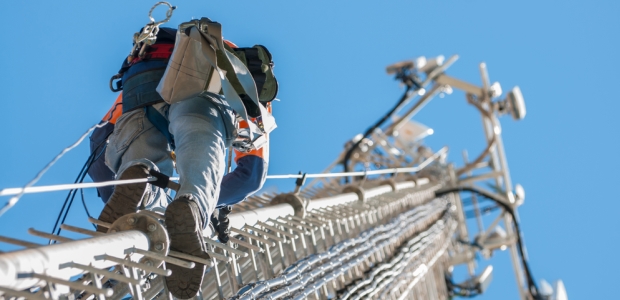
OSHA Changes Enforcement Stance on Communication Towers
A new directive has been issued that replaces a March 2002 directive. The new one applies to all work activities on communication towers that involve the use of a personnel hoist -- not just new towers.
OSHA sent another strong signal July 24 that it is very concerned about communications tower workers' safety: The agency's Directorate of Construction issued a new directive giving enforcement guidance and procedures its compliance officers will use during inspections involving hazards associated with using a hoist to take employees to or from workstations on communication towers. The directive applies to all work activities on communication towers that involve the use of a personnel hoist, including tower maintenance work; it replaces a March 22, 2002, directive that addressed hoisting personnel only during new tower erection.
Five months ago, Assistant Secretary Dr. David Michaels expressed his concern in a video message that was shown during the National Association of Tower Erectors' annual convention. "We are very concerned about this sharp rise," he said then. "The fatality rate in this industry is extremely high – and tower workers have a risk of fatal injury perhaps 25 to 30 times higher than the risk for the average American worker. This is clearly unacceptable."
According to OSHA's July 24 news release, this industry experienced more on-the-job fatalities during 2013 than during the previous two years combined, and nine workers have died so far in 2014.
"This directive ensures that communication tower workers are protected regardless of the type of the work they are doing on communication towers," said Michaels. "Employers and cell tower owners and operators must make sure workers are properly trained and protected."
OSHA also has sent a letter to communication tower employers, urging them to strictly adhere to safety standards and common-sense practices, and it created a new online page focused on the issues surrounding communication tower work.